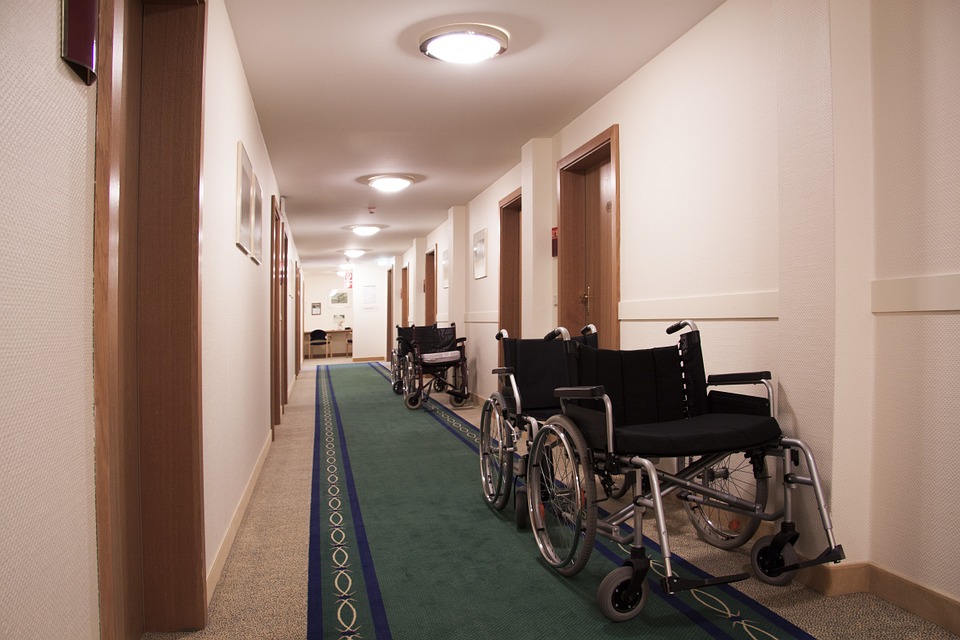Tips on How to Meditate And Lessen Stress ,Learning to meditate and making it a part of your life are two very different things and a lot of people reading this are now going to struggle to adopt this new behavior in a meaningful way. The first issue is that a lot of people get frustrated when they feel that their meditation isn’t ‘working’ and they thus give up. This is entirely the wrong way to look at meditation – this is not a means to an end but rather a relaxing place you can come and visit whenever you need it, or a great interlude before you start your day.
This extends to how you start out. A lot of people want things to go perfectly right away and they’ll wonder why they haven’t achieved enlightenment as soon as they close their eyes! Then their hair gets in their face, they become stressed that they aren’t doing it right and they get up. Then they need to itch. Then they’re not comfortable. Don’t worry about it. It’s fine to move. It’s fine to open your eyes for a moment.
All that’s important is that you then bring your attention back. In time, you’ll find you are less distracted. But to begin with, you won’t be ready for that yet and you mustn’t get frustrated when you find that distractions do arise.
The next tip is to think carefully about how you’re going to sustain your meditation training and make it a feasible part of your routine. A lot of resources will tell you how easy it should be to take 10 minutes out of your day.
They’ll claim that ‘everyone’ has five minutes. In reality though, it’s not easy. If it were, then everyone would already be doing it! Most of us are so busy that we legitimately struggle to find five minutes of free time and so we need to be realistic about what we can and can’t achieve. Look at it this way: it’s much better to practice for two minutes twice a week and actually stick with it, than it is to try and practice for an hour a day and to give up after day two.
The best thing to do is to find an opportunity when you waste time in the morning or the evening. This might be while your partner goes through the shower in the morning, or it might be when you get home from work. Whatever it is, most of us have a few short periods of time in our usual routine and the great thing about meditation is that you can do it anywhere and with no props.
Even if it’s on the train to work, or if it is when you get into work 10 minutes early. If you can find a ‘slot’ that already exists, you’ll find it’s much easier to fit meditation in and to stick with.
Correct Breathing for Stress Reduction
 When meditating it is important to try to remember to breathe properly. And better yet is to try and make this into a habit so that your breathing is better during your waking day as well. The thing is: a lot of people don’t know how to breathe well and are unintentionally breathing incorrectly most of the time. Theory has it that the reason for this is closely linked to the way we sit at work.
When meditating it is important to try to remember to breathe properly. And better yet is to try and make this into a habit so that your breathing is better during your waking day as well. The thing is: a lot of people don’t know how to breathe well and are unintentionally breathing incorrectly most of the time. Theory has it that the reason for this is closely linked to the way we sit at work.
This is a big deal if you’re trying to reduce stress, seeing as your stress levels are closely related to the way you breathe. We’ve already seen that there is a strong connection between physiology, feelings, emotions and psychology. When we are stressed, we breathe more quickly and not as deeply. But likewise, when we breathe more quickly and not as deeply, we become more stressed.
Right now, take both hands and place one on your stomach and one on your chest. Now breathe normally. Which hand is moving first? Is it the hand on your chest or the hand on your stomach? For most people, the answer is the chest. But to be optimally healthy, it should be the stomach. When we’re infants this is how we breathe and it’s also how animals breathe. Years of sitting in an office desk though, or on a sofa, mean that we’ve spent too long with our stomachs compressed and learned to breathe differently.
Stomach breathing means that you are relaxing your abdominal muscles, thereby opening up your abdominal cavity and allowing your diaphragm to drop down into that space. This then creates more room for the lungs and they will automatically inflate as they enlarge. You then bring your chest in and open that up to take in even more oxygen and as a result, you breathe a lot more deeply. This oxygenates your body and it calms your heartrate and helps you to feel less stressed.
In fact, one of the very best ways to help yourself feel instantly less stressed, is to start taking deep, controlled breaths. This puts you in a rest and digest state and stops the fight or flight response in its tracks. So if you’re about to go to an interview or give a presentation, practicing some controlled breathing for a while is the perfect antidote to the stress you’re probably experiencing.













